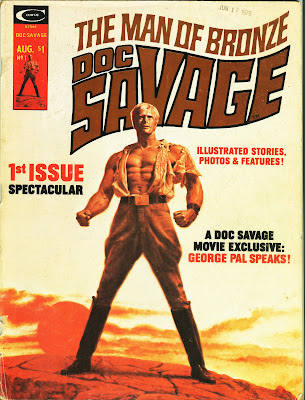




Christmas 1974. The concept of using a computer to play ‘video’ games is still something theoretical and esoteric, an idea entertained by a few visionary electrical engineers and programmers in university and corporate labs.
The idea of a ‘personal’ computer, while discussed in these same arenas, is also something possessing a ‘ what if ’ quality. Indeed, any computer smaller than a large IBM mainframe machine is labeled as a ‘microcomputer’, and buying a kit, building a microcomputer, and learning enough machine language to run it, is solely a job for hobbyists.
So, one of the bigger nerd hobbies remains that old standby, board gaming. And one of the biggest companies in the board gaming business is Baltimore’s Avalon Hill, maker of a large line of popular wargames, including Afrika Corps, Anzio, and Luftwaffe, among others.
Avalon Hill’s wargames are played on colorful mapboards overlaid with hexagonal grids, and the playing pieces are almost always small, fingernail-sized squares of cardboard with symbols or images printed on them. Battle outcomes are decided by rolls of dice, and consulting a chart providing the outcome of select rolls for select combinations of attacking and defending units.
The wargame I really want for Christmas is ‘Panzerblitz’. Like others in Avalon Hill’s ‘bookcase’ line of games, rather than a flat box akin to that of Risk or Monopoly, it comes packaged in a handsome slip-cased box designed to stand on one’s bookshelf. By the standards of the time it’s expensive, too, and with a bunch of siblings also clamoring for their presents of choice, it’s the only major present I’m going to get.
So it was a thrilling feeling to open the box up on Christmas morning ’74 and take out the thick cardboard sheets containing the rows of game pieces, all waiting to be carefully punched out and placed on the folding mapboards, which were so new they made a crinkling noise when you opened them up. Since Panzerblitz was based on the tank battles between the Russians and Germans during the second world war, many of the game pieces featured detailed silhouettes of all the various tanks, armored cars, and artillery pieces used in that front. The manual helpfully provided detailed information and statistics on each piece, so you knew that a Russian JS-III tank had a particular gun diameter, range, and armor rating. Poring over the descriptions of the tanks and vehicles you were entitled to command on the battlefield was an engrossing experience all on its own.
Unfortunately, for me at age 14, Panzerblitz was too complicated. It was really aimed at an audience of players or college age and older. My brother and I tried playing a few games using the ‘official’ rules and quickly gave up; even the most trivial of encounters was governed by a bewildering series of regulations. We settled for a very simple, basic set of rules, but this lost much of the game’s nuances and turned it into a kind of advanced ‘Risk’. Panzerblitz lost its appeal after a few weeks, and the excitement of Christmas faded as the lengthy upstate New York winter began to inexorably grind on through January.
I continued to be interested in wargames even if Panzerblitz was something of a dud, and over the ensuing years I took up playing a variety of titles from Avalon Hill and SPI. However, by the early 80s, as I went through college, I began to lose interest in wargaming and ceased playing. For its part, the industry was uncertain in its approaches to dealing with the advent of PCs and the glimmerings of computer-based gaming, and by the mid-80s the predominance of board-based wargaming was dwindling.
Nowadays I have a lot of fun playing the more casual PC games such as the ‘Command and Conquer’ series, and even some of ‘Total War’ games. But I still have that Christmas 1974 copy of Panzerblitz sitting in a box in my basement.




























